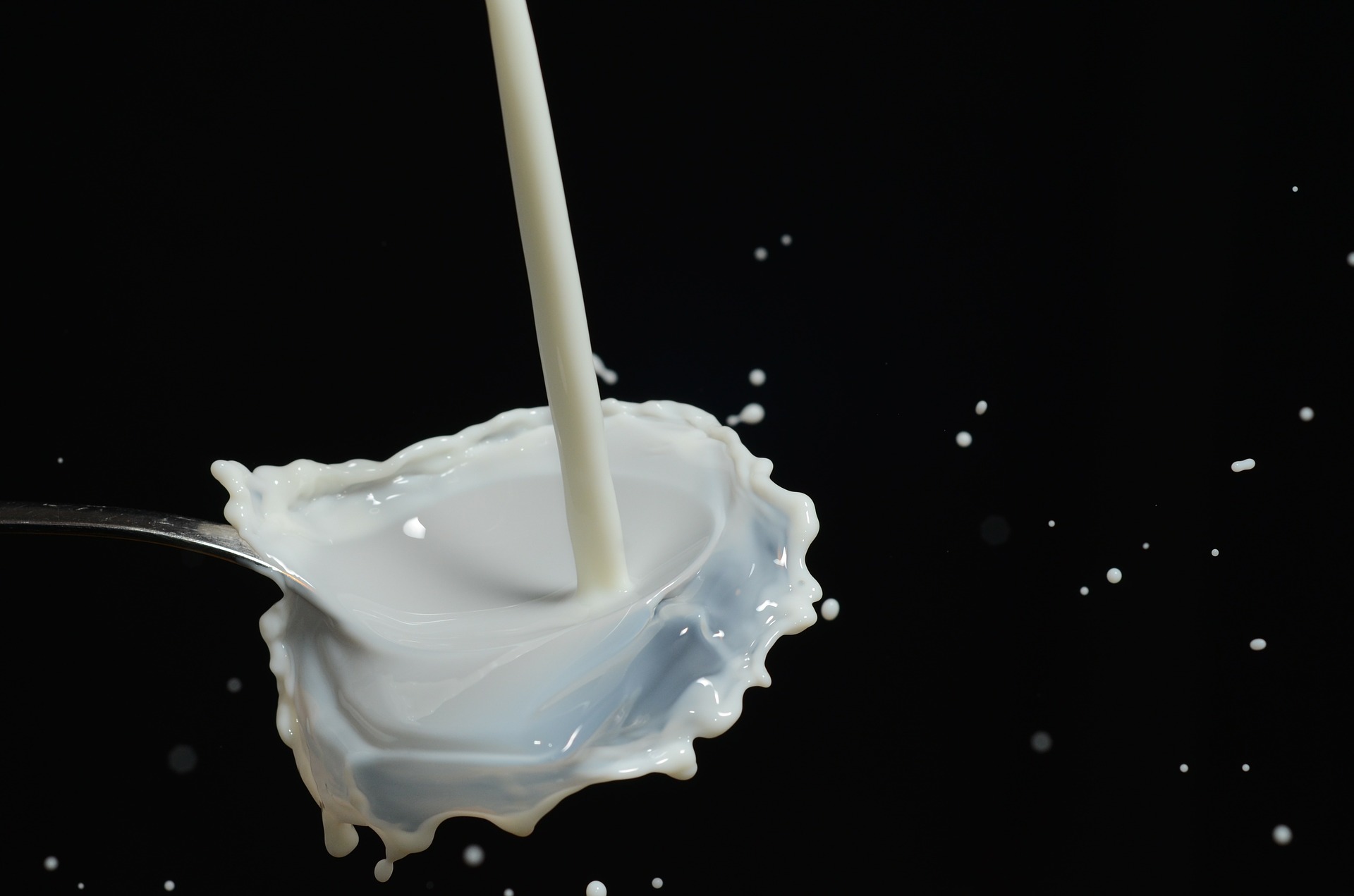Have you ever wondered what “homogenized” means on a milk container? The definition according to Webster’s dictionary is:
“to reduce the particles so that they are uniformly small and evenly distributed; specifically : to break up the fat globules of (milk) into very fine particles”
Homogenization is done to keep the cream from separating to the top and give the “emulsion” consistency. It is also done to blend milk from different cows and herds, giving a consistent flavor, texture, and fat content.
This process takes place by passing the milk through small tapered tubes or pores. The flow of milk, during processing, stays constant while the pressure increases. This turbulence causes the fat globules break apart. The higher the pressure used, the smaller the particles. Typically 2,000-3,000 pounds per square inch (psi), is used although some super homogenizers work at over 1000 times atmospheric pressure- 14,500ps or greater.
Before homogenization, fat globules are between 1-10 microns in size (a micron = ~0.00004 inch). After, they are 0.2-2 microns.
As the now smaller globules begin to reassemble, they also include fragments of whey and casein in their walls. Some of which are completely surrounded by a layer of protein. These new globules, which tend to clump together, are broken further by the second stage of homogenization which is similar to the first, but leaves only single cell fat globules.
Some of the effects the homogenization process has on milk include:
- increased allergic reactions, due to the formation of protein globules
- increased viscosity
- whiter appearance
- decreased or no seperation
- lowered heat stability
- increased sensitivity to light-triggered oxidation
- less pronounced milk flavor
To find locally produced milk, raw milk, and dairy products, check Pick-A-Pepper.com
Similar Stories:
- How To Grow Stevia and Make Your Own Extract
- For Heavens Sake, Don’t Bag Your Leaves!!
- Raw Milk Movement
- Divide and Conquer: From One Come Many
- 20 Perennial Crops to Plant Now and Enjoy For A Lifetime.




